ASTM D6888-09 Standard Test Method for Available Cyanide with Ligand Displacement and Flow Injection Analysis (FIA) Utilizing Gas Diffusion Separation and Amperometric Detection
ASTM Committee D19 on Water has recently revised this standard. This method is used to determine the concentration of available inorganic cyanide in an aqueous wastewater or effluent. The method detects free cyanide (HCN and CN-) and metal-cyanide complexes that are easily dissociated into free cyanide ions. The method does not detect the less toxic strong metal-cyanide complexes, known as total cyanide or cyanides that are not “amenable to chlorination.”
Complex cyanide bound with nickel or mercury is released by ligand displacement with the addition of a ligand displacement agent prior to analysis. Other available cyanide species do not require ligand displacement under the test conditions. The treated sample is introduced into a flow injection analysis (FIA) system where it is acidified to form hydrogen cyanide (HCN). The hydrogen cyanide gas diffuses from the acid stream through a hydrophobic gas diffusion membrane into an alkaline acceptor stream. A sulfide complex reagent removes up to 50-mg/L sulfide automatically. The diffused cyanide passes through an amperometric flow cell. In the presence of cyanide, silver in the working electrode of the flow cell is oxidized at the applied potential. The anodic current measured is directly proportional to the concentration of cyanide.



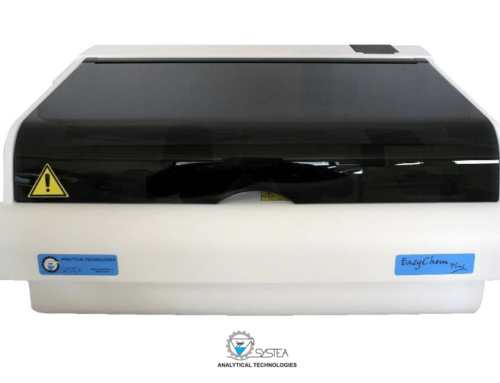
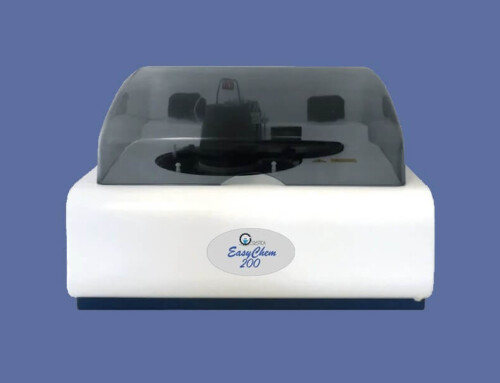
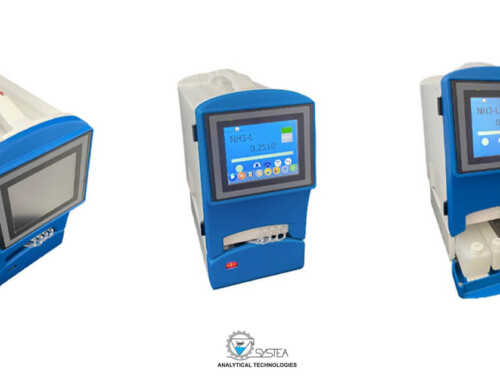
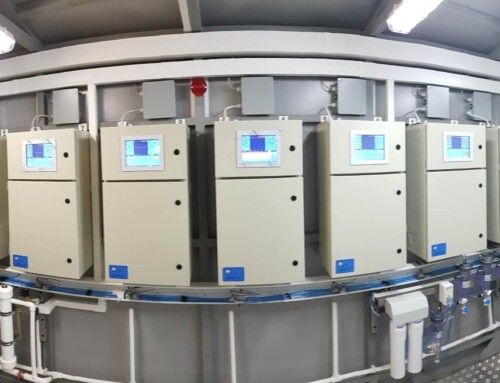
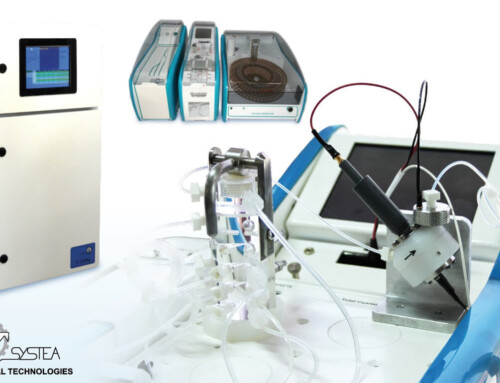
Leave A Comment